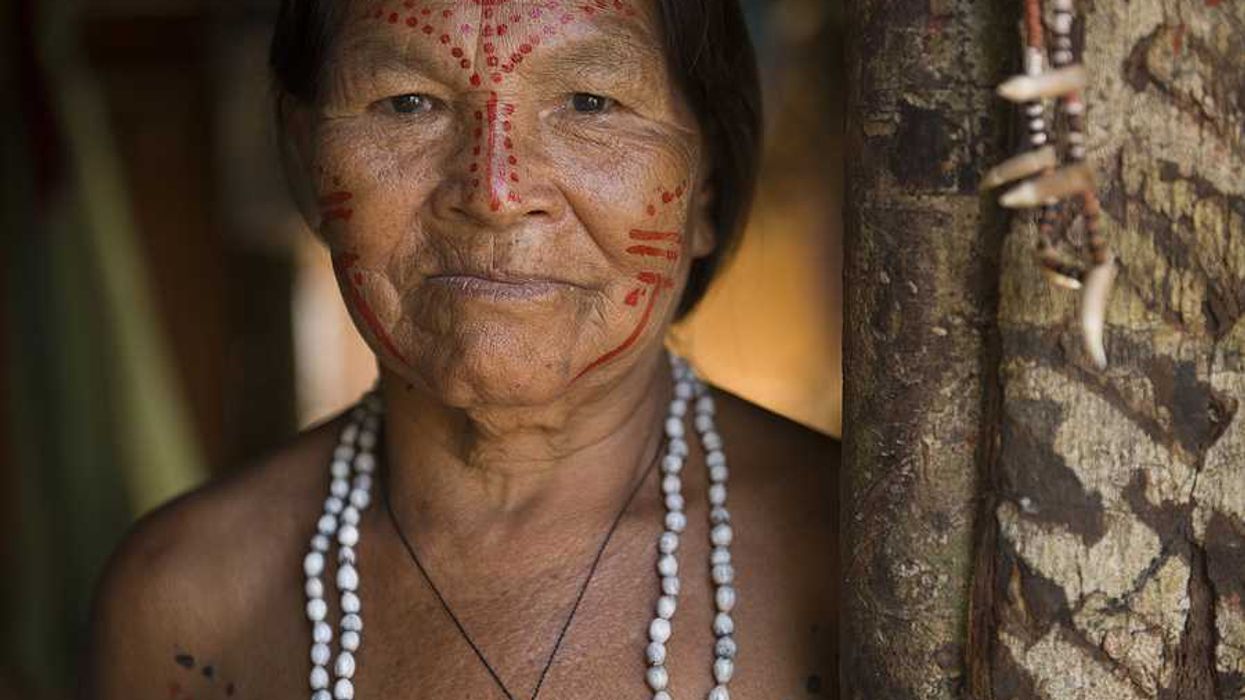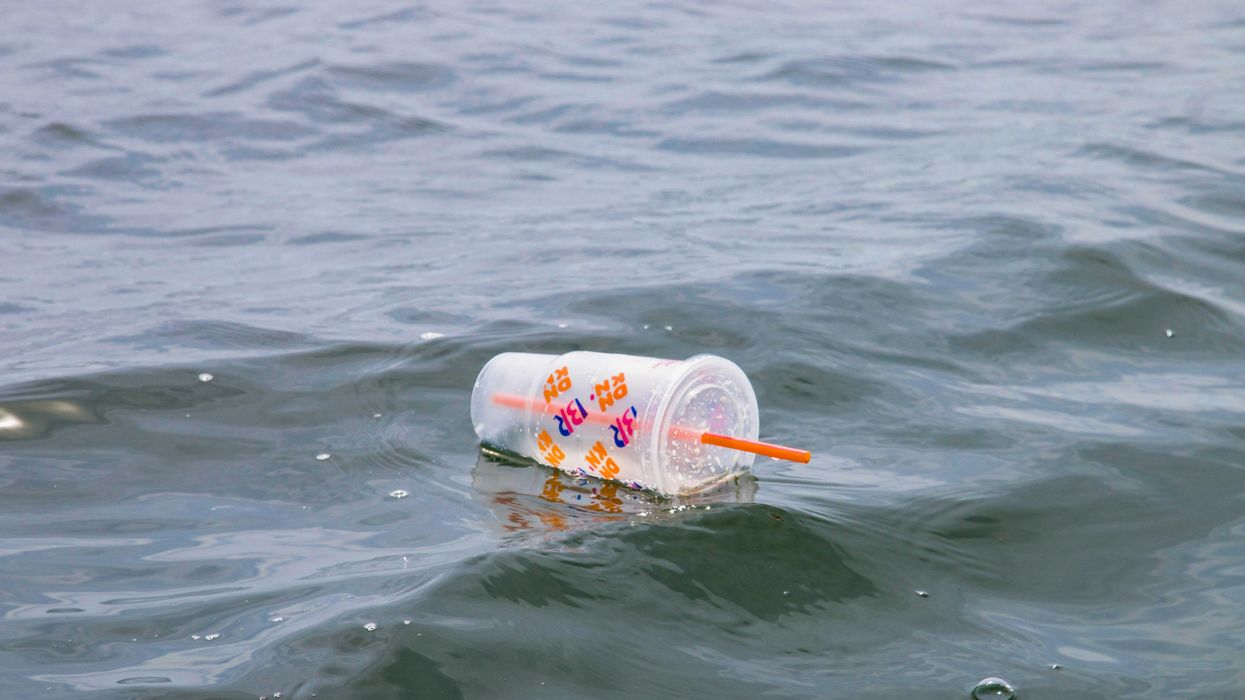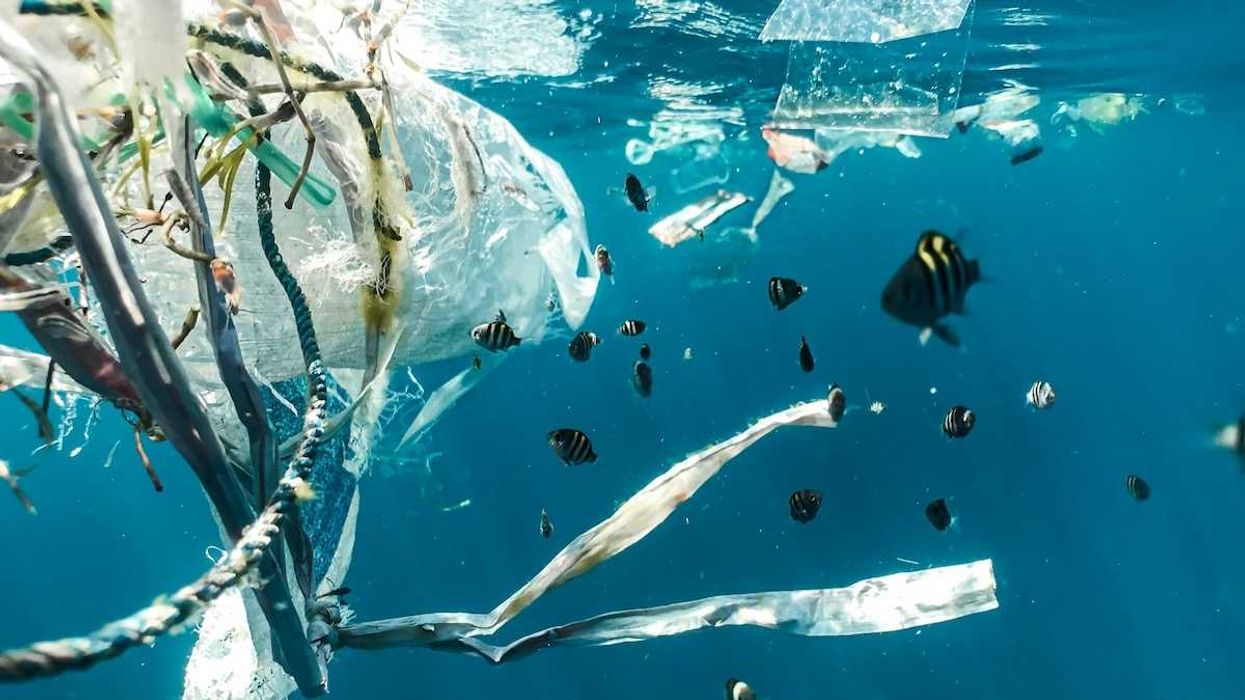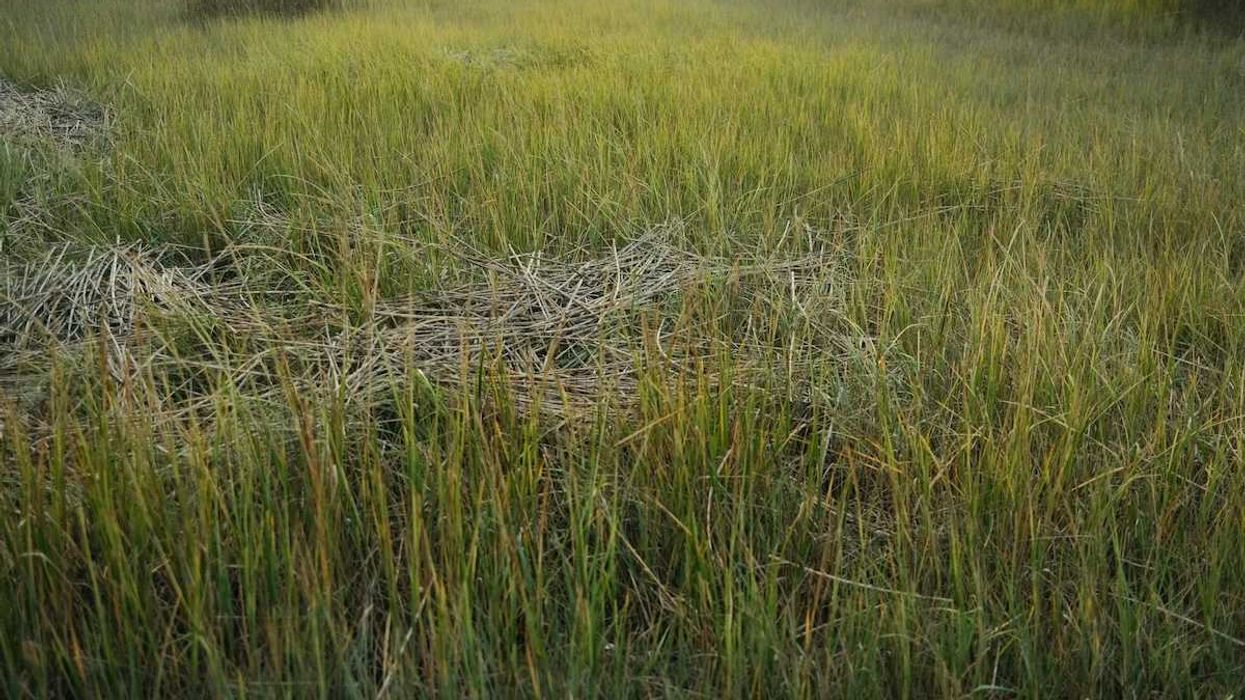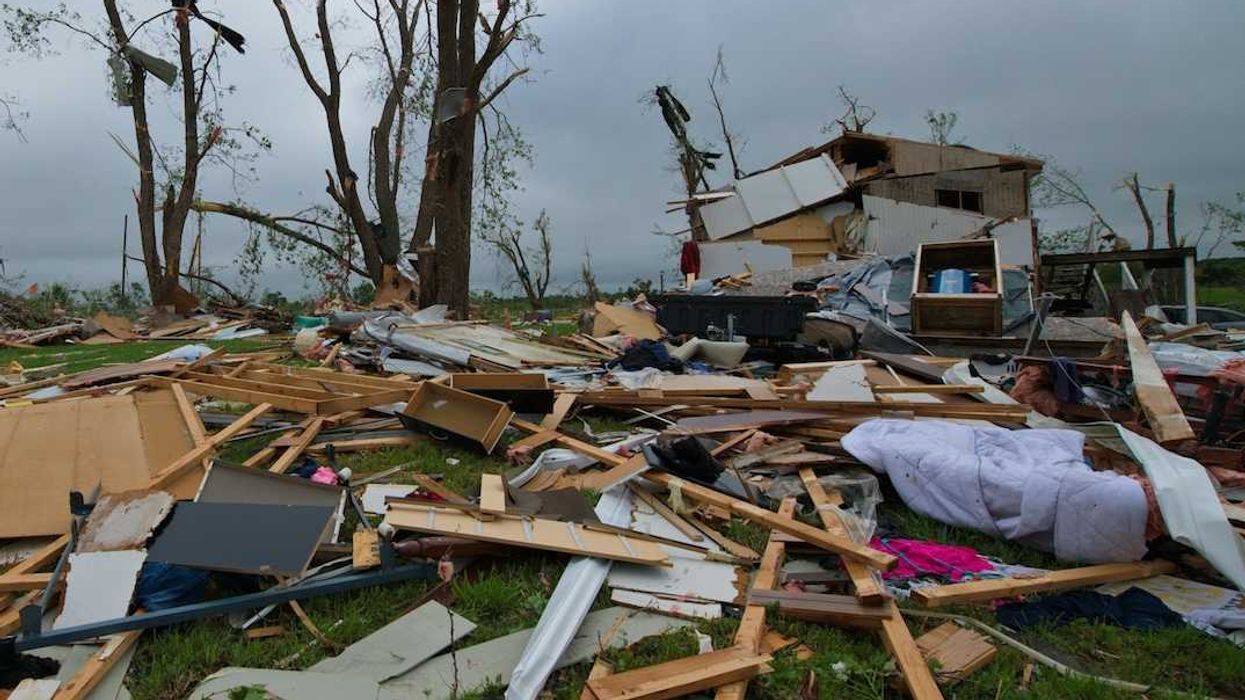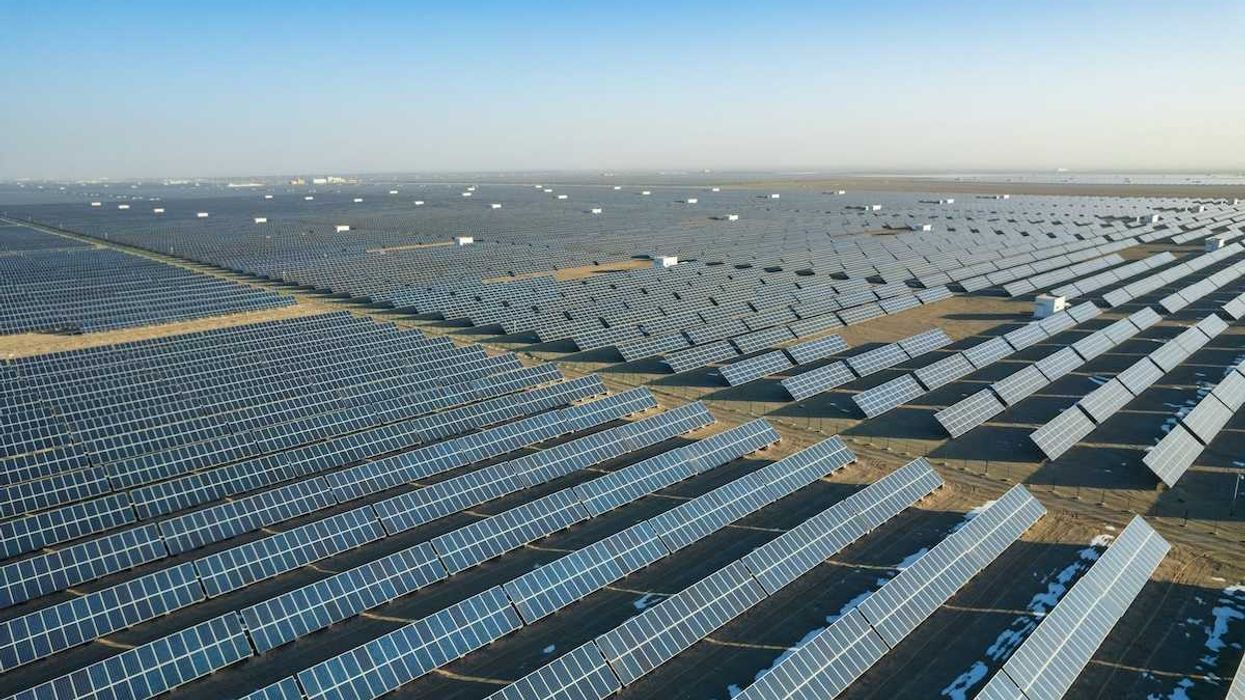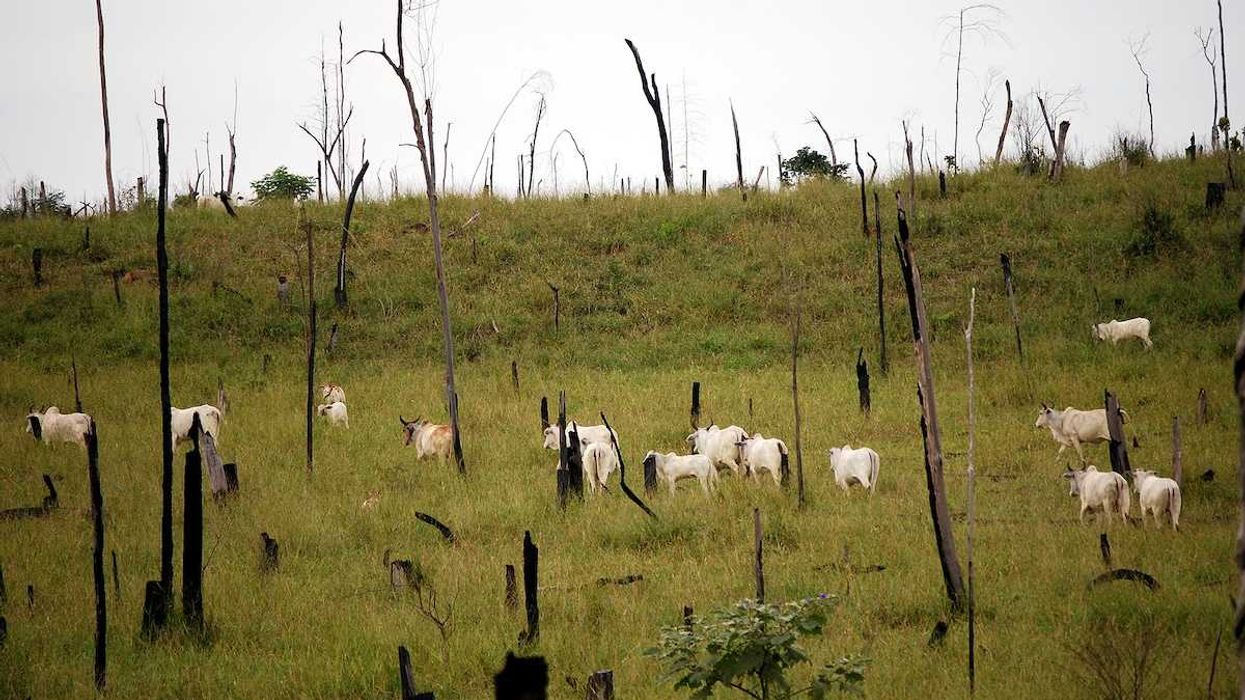A new report reveals that nearly half of the world’s land experienced extreme drought last year, a rate three times higher than in the 1980s as climate change worsens water scarcity and food insecurity.
Stephanie Hegarty and Talha Burki report for BBC.
In short:
- In 2023, 48% of the Earth’s land surface endured at least one month of extreme drought compared to just 15% in the 1980s.
- Drought in the Amazon disrupts rainfall cycles, increasing the risk of future droughts while extreme drought has left areas in South Sudan and Syria with severe water and food shortages.
- Health impacts include surges in food insecurity, malnutrition, mosquito-borne diseases and air pollution from dust storms.
Key quote:
“The higher we allow the global temperature to go, the worse things are going to be.”
— Marina Romanello, executive director of the Lancet Countdown
Why this matters:
With rising temperatures and shifting rainfall patterns, extreme drought and intense rainfall are becoming more common, threatening water supplies, agriculture and public health. Regions with limited access to clean water and food face escalating humanitarian crises that climate adaptation efforts may soon be unable to mitigate.
Related:




